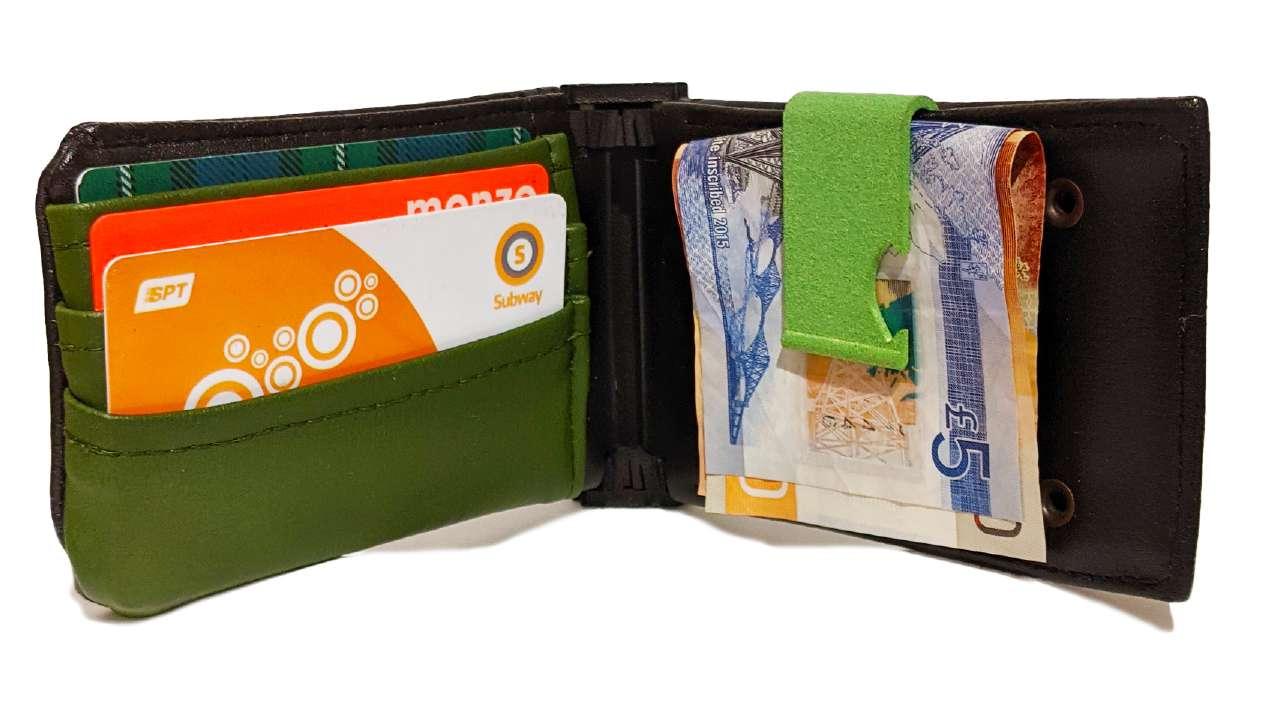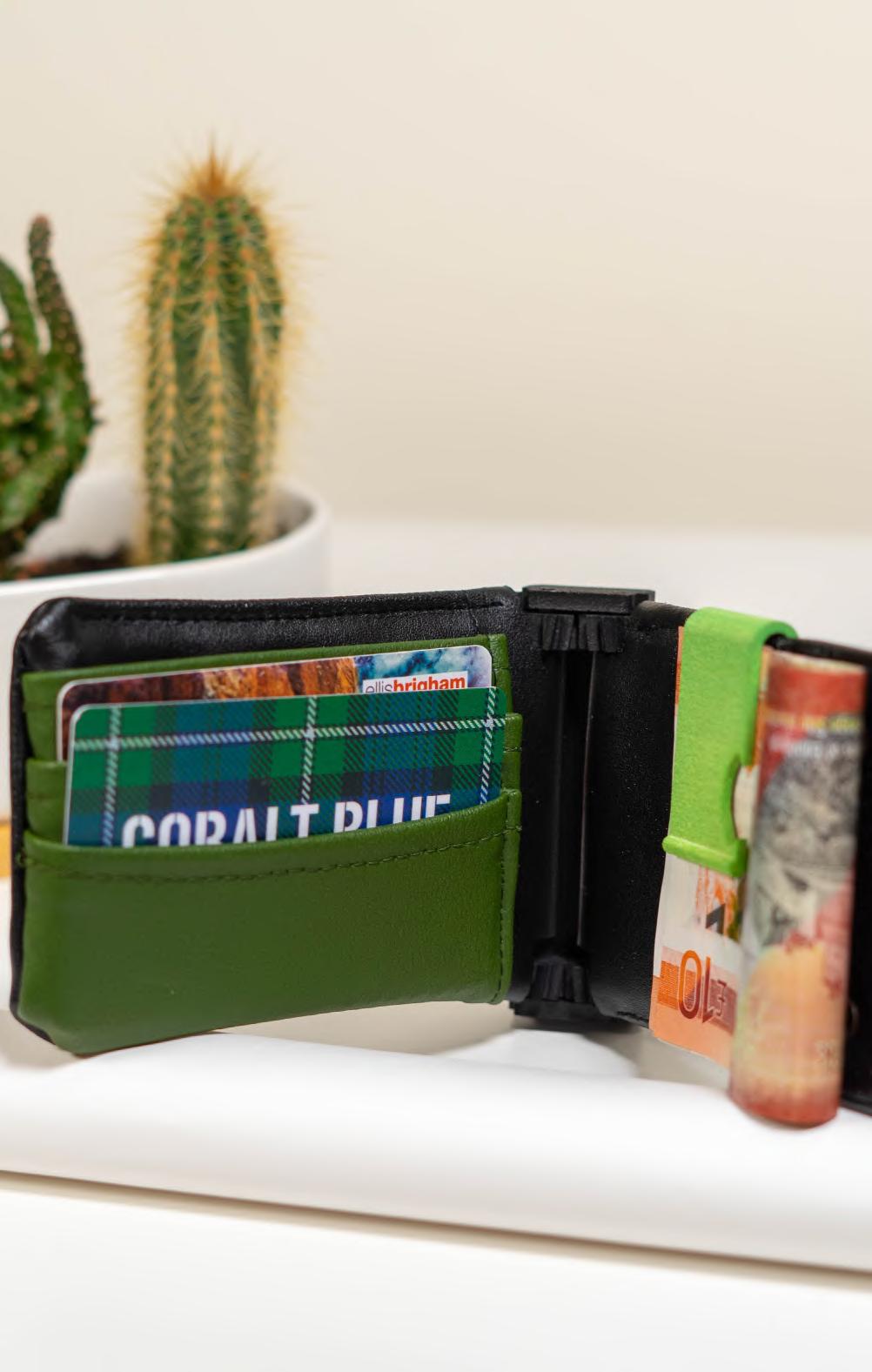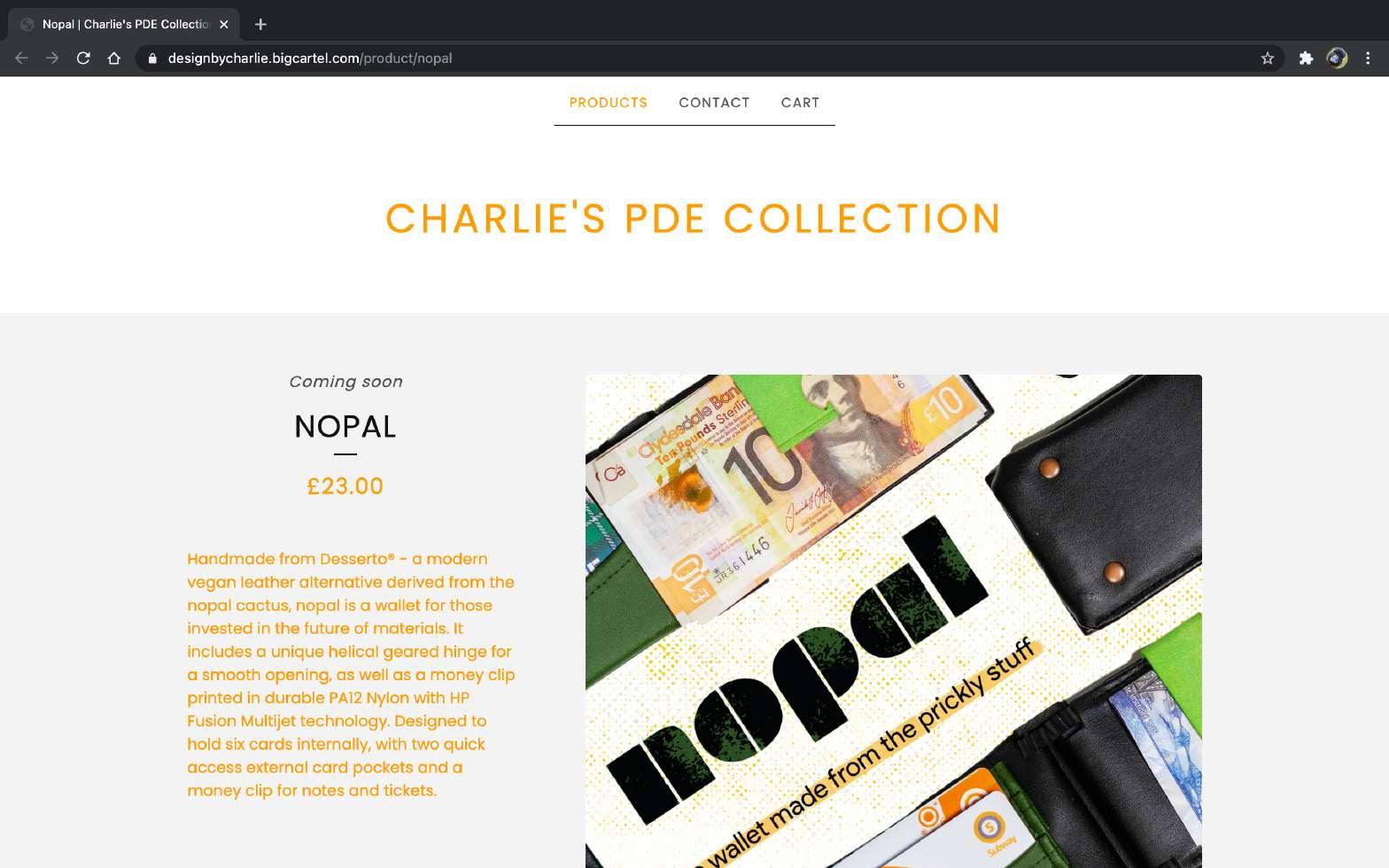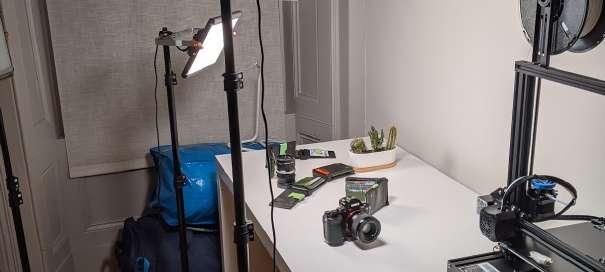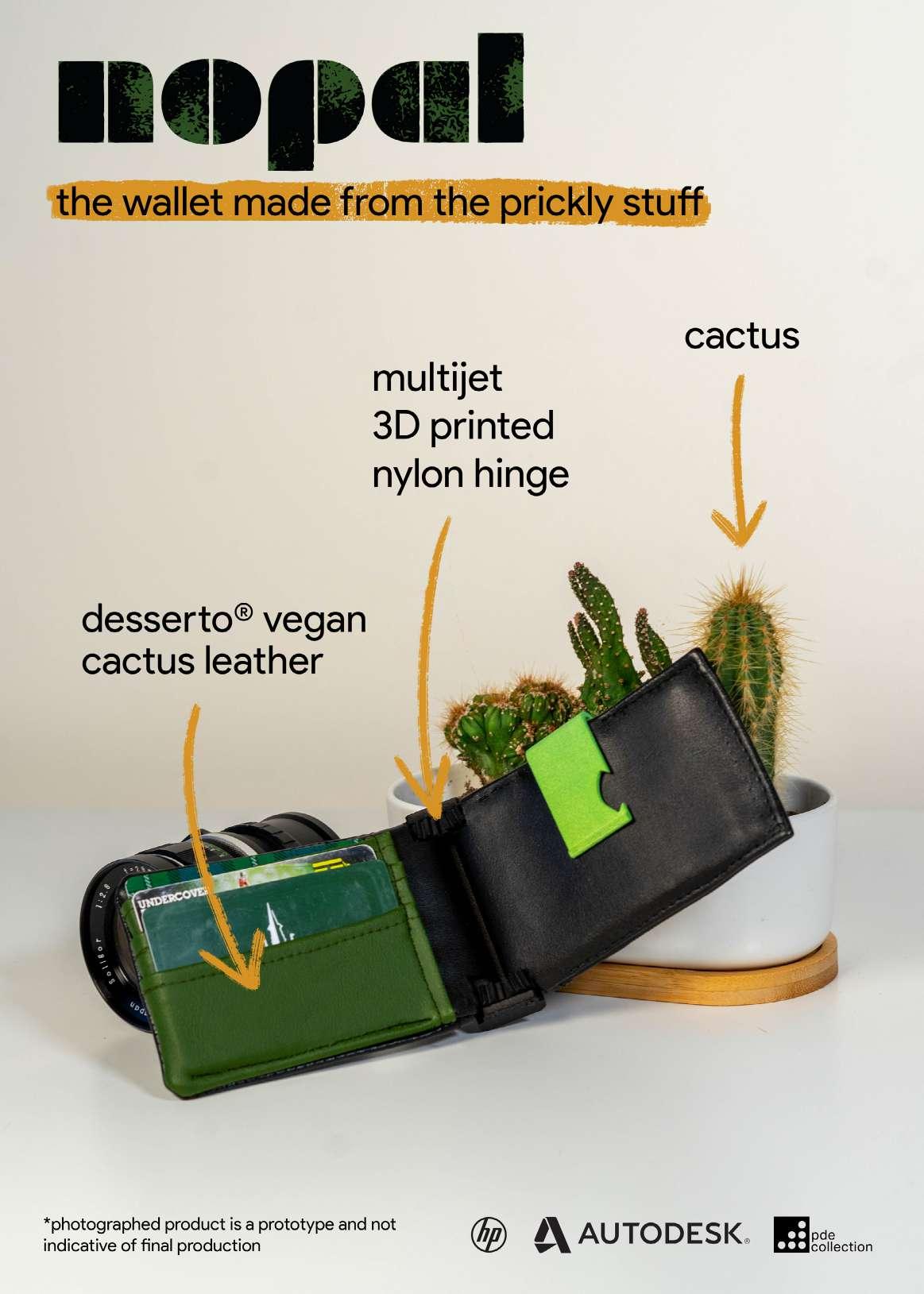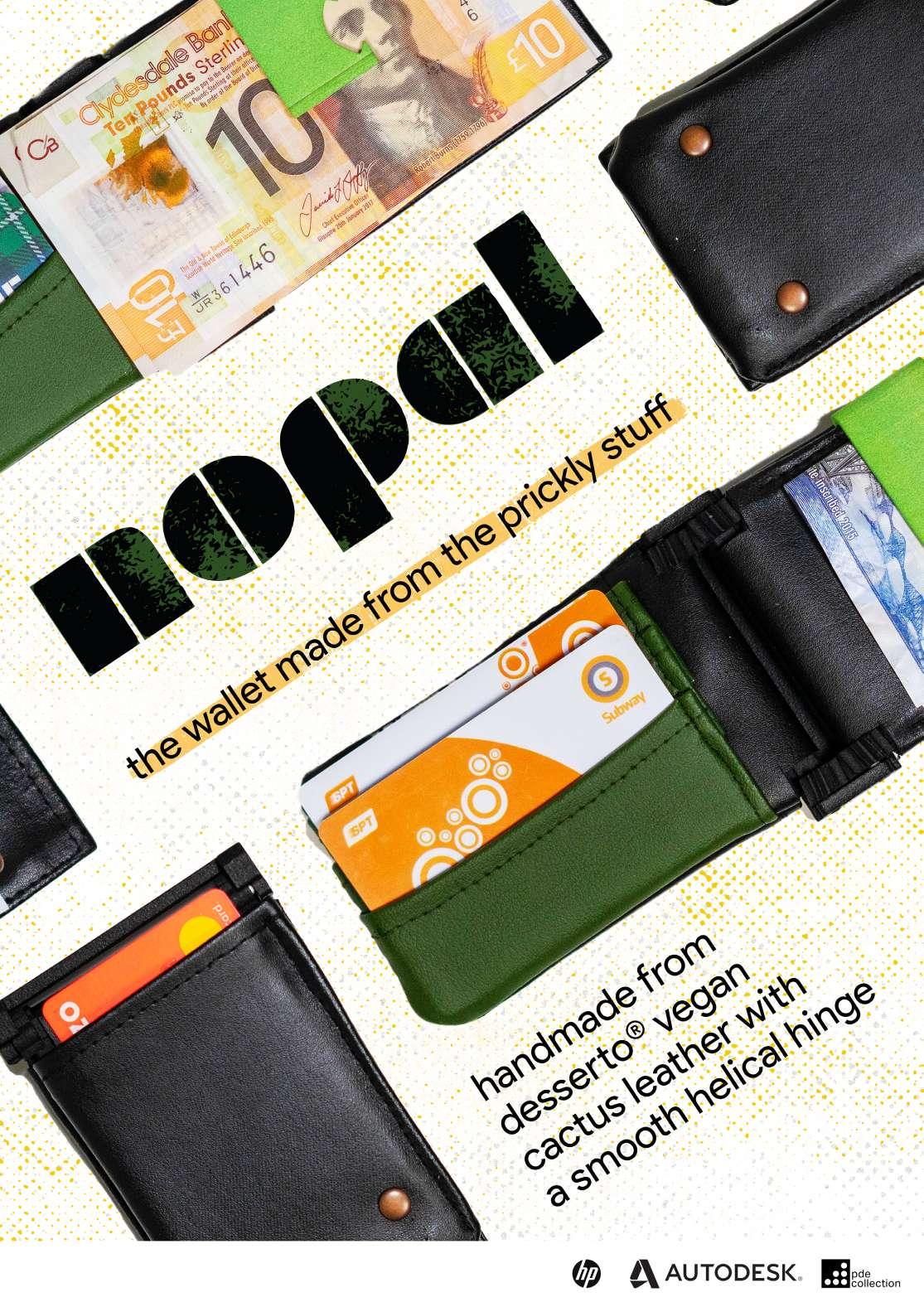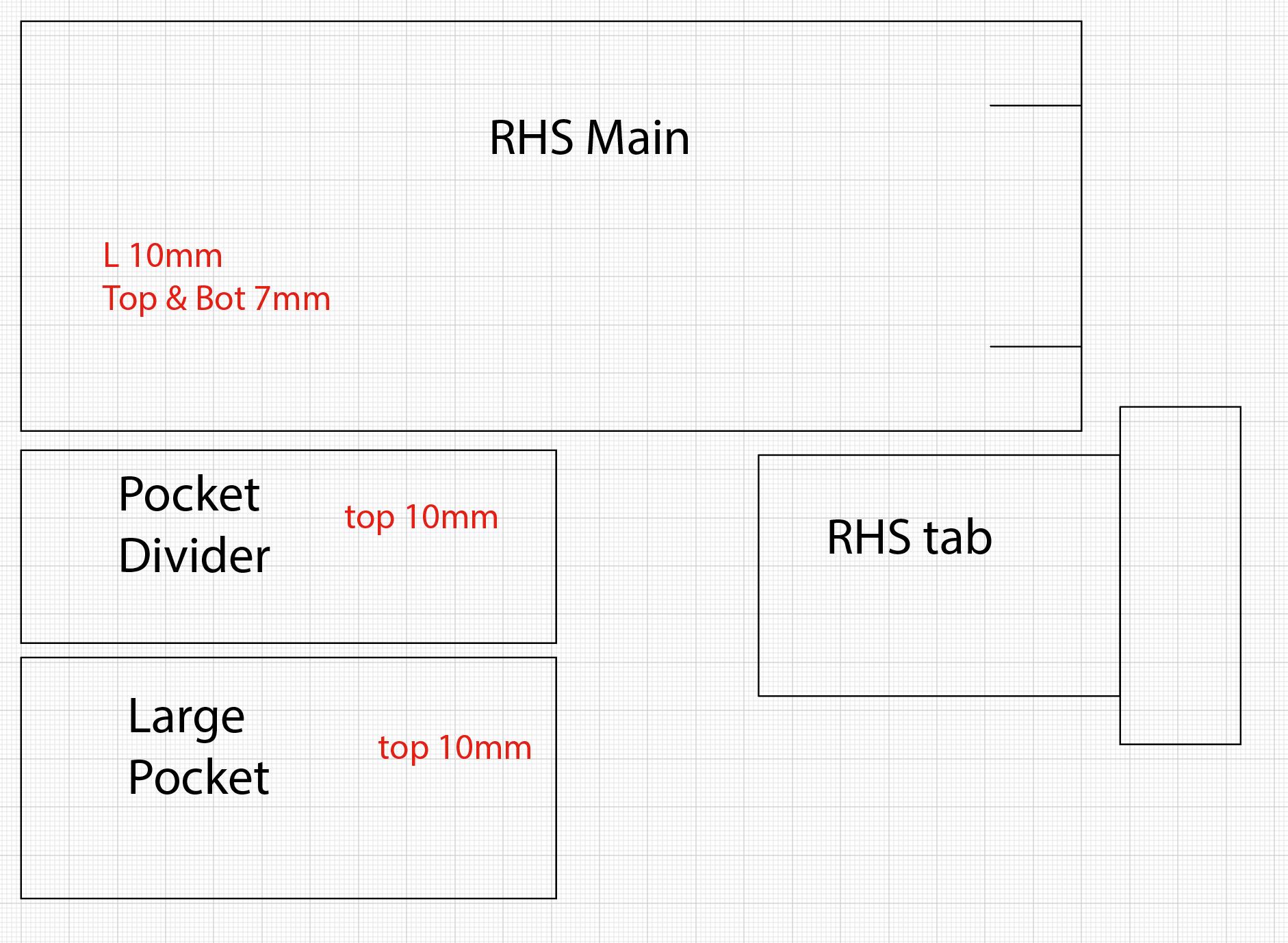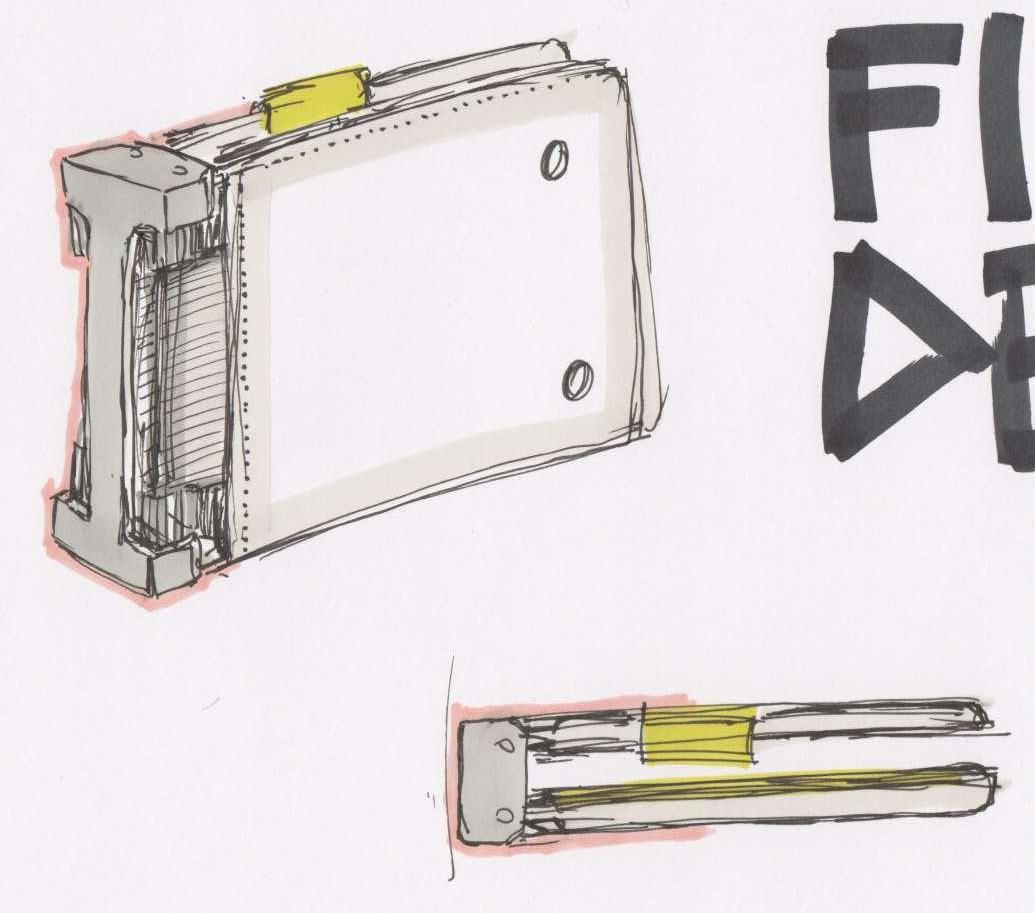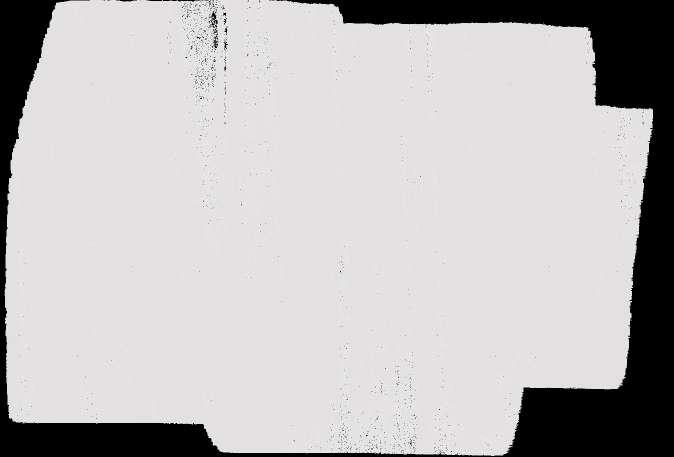
2 minute read
experiments
In order to determine if using recycled t-shirt material would work as a lamp shade, I conducted an experiment into the transparency of the material as it was stretched across a light box. The tshirt I chose was originally a fruit of the loom heavy T. This shirt was 195gsm and made from 100% cotton. It was heavily worn at work for 5 months, so is a good example of a typical waste t-shirt. This was far from a scientific experiment, as I did not have a light meter, so had to create one myself. This was done by using an LDR, set into a paper cone (party hat) with a 5 output from an arduino. The effective resolution of this could be tuned by changing values of a pulldown resistor in the circuit. (see tinkercad diagram). For the level of light I was working with, 100kOhm would have worked best resistor value. However I only had access to an old radio, within which I cobbled together a sting of assorted resistors that totalled 80kOhm. If I was to repeat this I’d either use a proper data logger with a light meter or a better home-made one. This light meter wasn’t calibrated to a lux value, however was accurate to itself so I can compare and contrast my results to a known base value. This stream of information updated every 250ms, and I was able to feed the date into excel and record a 15s interval. From this I was able to generate the graphs shown on the next page. I was looking at the difference in transparency of t-shirt transparency when stretched in different orientations. To do this, small sample flags were made from an old work tshirt that would have otherwise been textile recycled. The flags were then stretched over the opening of the lightbox and held at no tension for 5 seconds, then stretched over 5 seconds until it was finally held at maximum tension for a further 5 seconds.
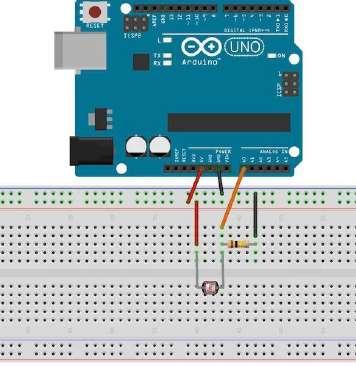
Advertisement
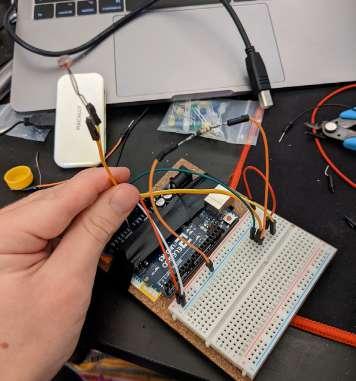
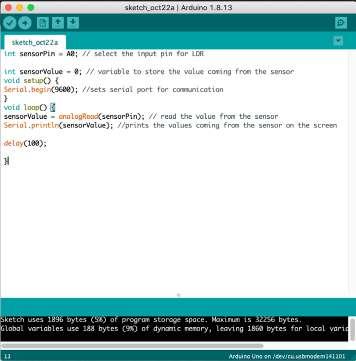
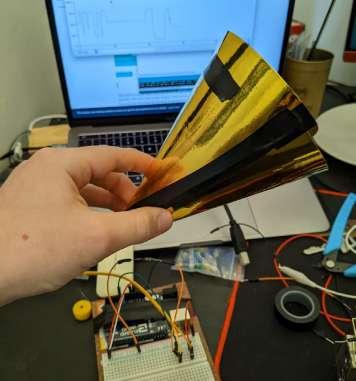
the process of making the test equipment
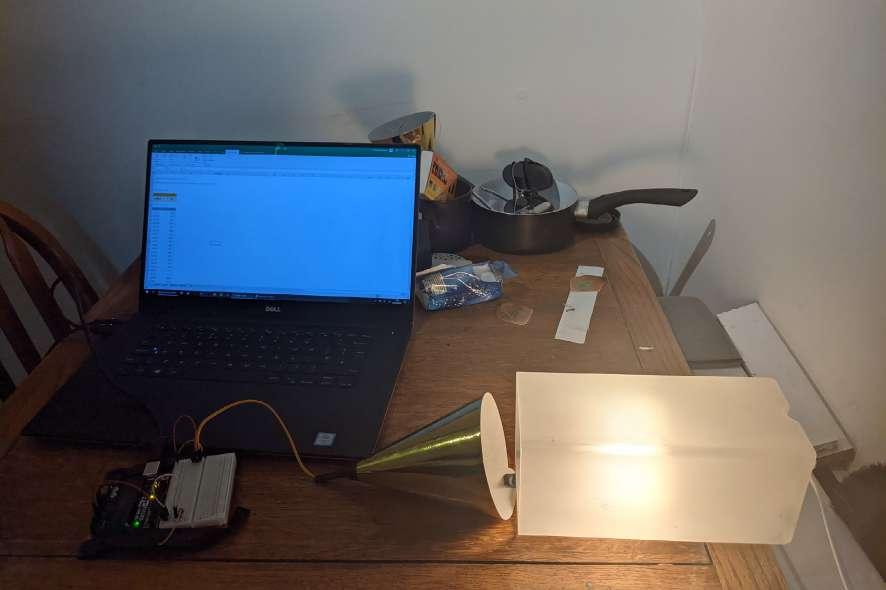
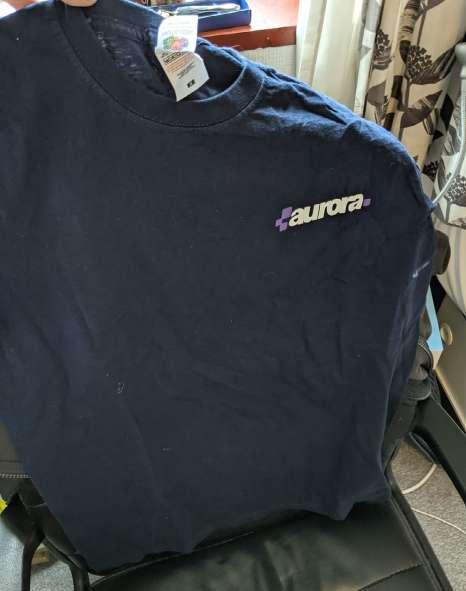
So What?
Conducted an experiment into the transparency of cotton Built a light-meter that I can use in future
What Now?
Analyse results Decide on the future of the project Possibly study more materials

